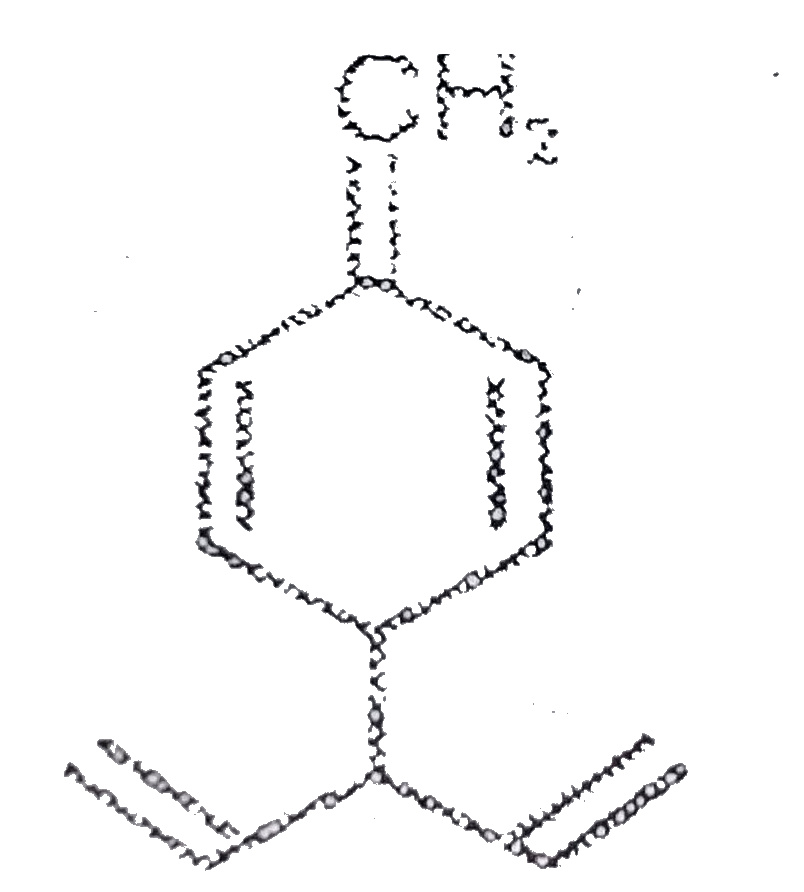On complete hydrogenation, natural rubber produces
ethylene-propylene copolymer
vulcanised rubber
polyproylene
polybutylene .
The correct Answer is:A
To solve the question "On complete hydrogenation, natural rubber produces," we need to analyze the process of hydrogenation of natural rubber, which is primarily composed of isoprene units.
1. Understanding Natural Rubber:
- Natural rubber is a polymer made from the monomer isoprene (C5H8). The structure of isoprene contains double bonds (alkenes).
2. Hydrogenation Process:
- Hydrogenation is a chemical reaction that involves the addition of hydrogen (H2) to a compound. In the case of natural rubber, hydrogenation will convert the double bonds in the isoprene units into single bonds.
3. Result of Complete Hydrogenation:
- When all the double bonds in natural rubber are hydrogenated, the polymer structure changes. The double bonds are converted to single bonds, resulting in a saturated polymer.
4. Identifying the Product:
- The product of the complete hydrogenation of natural rubber is a polymer that resembles the structure of ethylene and propylene combined. This is known as ethylene-propylene copolymer.
5. Conclusion:
- Therefore, on complete hydrogenation, natural rubber produces ethylene-propylene copolymer.
Final Answer:
The correct answer is A) Ethylene propylene copolymer.
---
- Natural rubber is a polymer made from the monomer isoprene (C5H8). The structure of isoprene contains double bonds (alkenes).
- Hydrogenation is a chemical reaction that involves the addition of hydrogen (H2) to a compound. In the case of natural rubber, hydrogenation will convert the double bonds in the isoprene units into single bonds.
- When all the double bonds in natural rubber are hydrogenated, the polymer structure changes. The double bonds are converted to single bonds, resulting in a saturated polymer.
- The product of the complete hydrogenation of natural rubber is a polymer that resembles the structure of ethylene and propylene combined. This is known as ethylene-propylene copolymer.
- Therefore, on complete hydrogenation, natural rubber produces ethylene-propylene copolymer.
The correct answer is A) Ethylene propylene copolymer.
Similar Questions
Knowledge Check
Natural rubber is
ApolyisopreneBpolyvinyl chlorideCpolychloropreneDpolyfluoroethyleneNatural rubber is
Aall trans-polysiopreneBchloropreneCbuna-SDall cis-polyisoprene
Natural rubber has :
View SolutionMonomer of natural rubber is
View SolutionRubber is
View SolutionWhy does natural rubber need compounding?
View SolutionNumber of moles of hydrogen will required for complete hydrogenation of one mole of following compounds :

View SolutionDegree of unsaturation of product form after complete hydrogenation of the following compound:

View Solution

